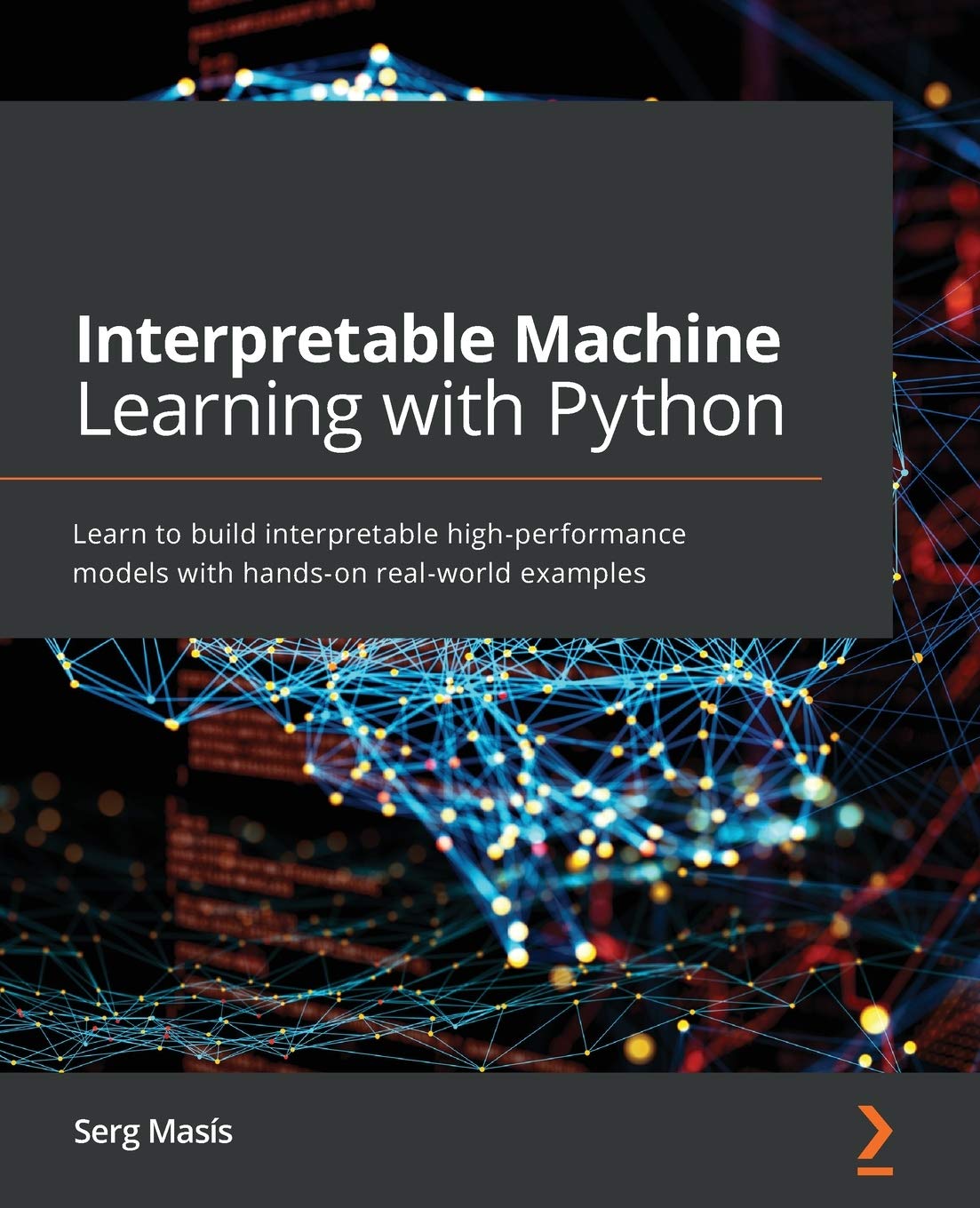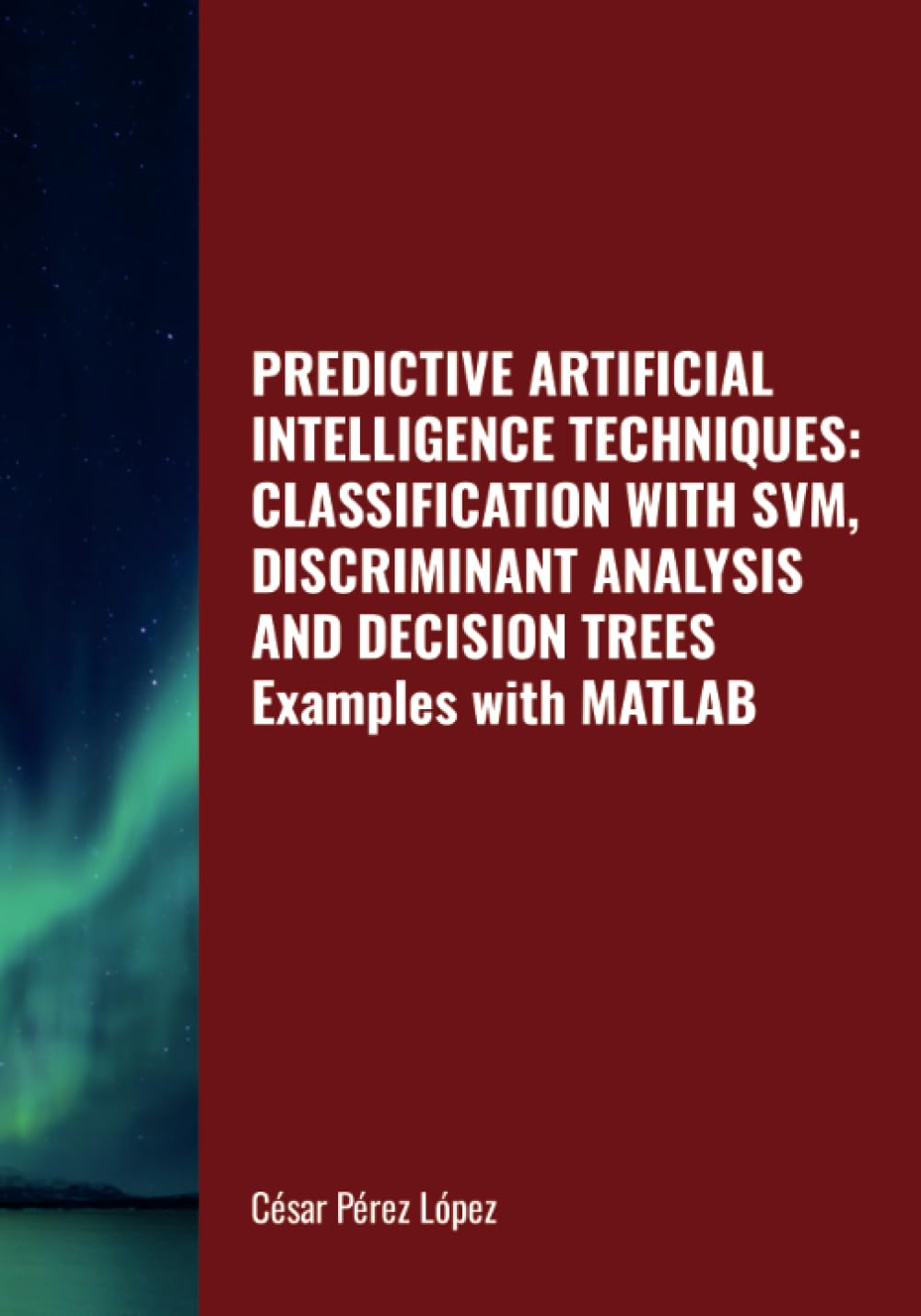Your cart is currently empty!
Tag: Examples

Case Studies: Real-World Examples of Successful IT Outsourcing
IT outsourcing has become a common practice for businesses looking to cut costs, increase efficiency, and access specialized skills. Many companies have successfully leveraged IT outsourcing to achieve their business goals and drive growth. In this article, we will explore some real-world case studies of successful IT outsourcing.Case Study 1: IBM and Bharti Airtel
One of the most well-known examples of successful IT outsourcing is the partnership between IBM and Bharti Airtel, one of India’s leading telecommunications companies. Bharti Airtel outsourced its IT infrastructure management to IBM, allowing the company to focus on its core business of providing telecommunications services. IBM’s expertise in IT infrastructure management helped Bharti Airtel streamline its operations, reduce costs, and improve overall efficiency. This partnership has been instrumental in Bharti Airtel’s growth and success in the highly competitive telecommunications industry.
Case Study 2: Nike and Accenture
Nike, the global sportswear giant, partnered with Accenture to outsource its IT functions, including application development and maintenance. By outsourcing these IT services to Accenture, Nike was able to access specialized skills and expertise without having to build an in-house IT team. This partnership allowed Nike to focus on its core business of designing and marketing athletic footwear and apparel while Accenture managed its IT infrastructure effectively. The collaboration between Nike and Accenture has enabled Nike to stay ahead of its competitors and drive innovation in the sportswear industry.
Case Study 3: Procter & Gamble and Infosys
Procter & Gamble, one of the world’s largest consumer goods companies, collaborated with Infosys to outsource its IT operations. Infosys provided application development, maintenance, and support services to Procter & Gamble, helping the company streamline its IT processes and reduce costs. This partnership allowed Procter & Gamble to focus on its core business of manufacturing and marketing consumer goods while Infosys managed its IT infrastructure efficiently. The collaboration between Procter & Gamble and Infosys has been crucial in driving Procter & Gamble’s growth and success in the consumer goods industry.
In conclusion, these case studies highlight the benefits of IT outsourcing for businesses looking to achieve cost savings, increase efficiency, and access specialized skills. By partnering with experienced IT outsourcing providers, companies can streamline their operations, drive innovation, and stay ahead of their competitors. IT outsourcing has become a strategic tool for businesses to achieve their business goals and drive growth in today’s fast-paced and competitive business environment.

Case Studies: Real-life Examples of Businesses Thriving with Managed Service Providers
Managed Service Providers (MSPs) have become an essential partner for businesses looking to streamline their IT infrastructure and improve overall efficiency. By outsourcing their IT needs to a dedicated team of experts, businesses can focus on their core operations and leave the technical details to professionals.But how exactly do businesses benefit from working with MSPs? Let’s take a look at some real-life examples of businesses thriving with Managed Service Providers:
1. ABC Company: ABC Company is a medium-sized manufacturing firm that was struggling to keep up with the demands of their growing business. They were experiencing frequent downtime and IT issues that were hindering their productivity. After partnering with an MSP, ABC Company was able to implement a proactive monitoring system that alerted them to potential issues before they became major problems. This not only reduced downtime but also improved overall efficiency and saved the company money in the long run.
2. XYZ Corporation: XYZ Corporation is a large financial services firm that was looking to upgrade their outdated IT infrastructure. They turned to an MSP for help in implementing a cloud-based solution that would improve scalability and security. With the help of their MSP, XYZ Corporation was able to seamlessly transition to a cloud-based system, significantly reducing their IT costs and improving performance across the board.
3. 123 Marketing: 123 Marketing is a small digital marketing agency that was struggling to keep up with the demands of their clients. They partnered with an MSP to help them manage their IT infrastructure and provide support for their growing team. With the help of their MSP, 123 Marketing was able to scale their operations quickly and efficiently, allowing them to take on more clients and grow their business rapidly.
These case studies are just a few examples of how businesses can benefit from working with Managed Service Providers. Whether you are a small start-up or a large corporation, partnering with an MSP can help you streamline your IT operations, improve efficiency, and ultimately drive growth for your business. If you are looking to take your business to the next level, consider working with a Managed Service Provider today.
Bayes’ Theorem Examples: A Visual Introduction For Beginners
Price: $2.99
(as of Jan 17,2025 15:07:24 UTC – Details)
ASIN : B01LZ1T9IX
Publisher : Blue Windmill Media (October 2, 2016)
Publication date : October 2, 2016
Language : English
File size : 985 KB
Simultaneous device usage : Unlimited
Text-to-Speech : Enabled
Screen Reader : Supported
Enhanced typesetting : Enabled
X-Ray : Enabled
Word Wise : Enabled
Print length : 197 pagesCustomers say
Customers find the book provides clear explanations and examples of how to calculate probabilities. They describe it as an engaging primer that provides a good foundation for understanding Bayes’ Theorem. However, some readers feel the examples are repetitive. Opinions differ on the value for money, with some finding it inexpensive and others saying it offers little value.
AI-generated from the text of customer reviews
Bayes’ Theorem Examples: A Visual Introduction For BeginnersWelcome to a beginner’s guide to understanding Bayes’ Theorem through visual examples. Bayes’ Theorem is a fundamental concept in probability theory and statistics that allows us to update our beliefs based on new evidence. It is a powerful tool for making decisions and predictions in a wide range of fields, from medicine to finance to artificial intelligence.
To better understand Bayes’ Theorem, let’s look at some visual examples:
1. The Monty Hall Problem: Imagine you are on a game show and given the choice of three doors. Behind one door is a car, and behind the other two doors are goats. You pick a door, say Door 1. The host, who knows what is behind each door, then opens another door with a goat behind it, say Door 3. Should you stick with your original choice or switch to Door 2? Bayes’ Theorem can help you calculate the probability of winning the car by switching doors.
2. Medical Diagnosis: Suppose you have taken a medical test for a rare disease that has a false positive rate of 10%. If the test comes back positive, what is the probability that you actually have the disease? Bayes’ Theorem can help you calculate the likelihood of having the disease given a positive test result.
3. Email Spam Filter: Let’s say you have an email spam filter that correctly classifies 95% of spam emails and 98% of non-spam emails. If 20% of the emails you receive are spam, what is the probability that an email classified as spam is actually spam? Bayes’ Theorem can help you determine the accuracy of the spam filter.
By visualizing these examples and understanding how Bayes’ Theorem works, you can gain a deeper insight into the power of probabilistic reasoning and make more informed decisions in your everyday life. Stay tuned for more examples and explanations in future posts!
#Bayes #Theorem #Examples #Visual #Introduction #Beginners,machine learning: an applied mathematics introduction
The Power of Worked Examples: How They Improve Learning
Worked examples are a powerful tool in the learning process, providing students with a step-by-step guide on how to solve a problem or complete a task. By breaking down complex concepts into smaller, more manageable steps, worked examples help students understand the underlying principles and processes involved in a given topic.One of the key benefits of worked examples is that they provide students with a clear model of how to approach a problem. This can be particularly helpful for students who may struggle with abstract or complex concepts, as worked examples offer a concrete and visual representation of the problem-solving process. By following the steps outlined in a worked example, students can better understand the logic and reasoning behind each step, leading to a deeper comprehension of the material.
In addition, worked examples can help students develop problem-solving skills and critical thinking abilities. By working through a series of examples, students are able to identify patterns and common strategies that can be applied to similar problems in the future. This not only improves their ability to solve problems independently, but also encourages them to think creatively and analytically when faced with new challenges.
Furthermore, worked examples can help students build confidence in their abilities. By successfully completing a series of examples, students can gain a sense of accomplishment and mastery over the material. This sense of achievement can boost their motivation and engagement, leading to improved learning outcomes in the long run.
Research has shown that incorporating worked examples into the learning process can significantly improve student performance. Studies have found that students who are exposed to worked examples demonstrate higher levels of understanding and retention compared to those who are not. Additionally, worked examples have been shown to be particularly effective for students with lower levels of prior knowledge, as they provide a scaffolding structure that supports their learning.
In conclusion, worked examples are a valuable tool for improving learning outcomes and enhancing student understanding. By providing a clear model of problem-solving strategies, facilitating the development of critical thinking skills, and building student confidence, worked examples can help students navigate complex concepts and achieve academic success. Educators should consider incorporating worked examples into their teaching practices to maximize student learning and engagement.
#Power #Worked #Examples #Improve #Learning,worked examples
Understanding the Basics of Reinforcement Learning: Theory and Python Examples
Reinforcement learning is a type of machine learning where an agent learns to make decisions by interacting with its environment. Unlike supervised learning, where the model is trained on labeled data, reinforcement learning is based on rewards and punishments received from the environment.In reinforcement learning, the agent takes actions in an environment and receives feedback in the form of rewards or penalties based on those actions. The goal of the agent is to maximize its cumulative reward over time by learning the optimal policy – a set of rules that dictate the agent’s actions in different states of the environment.
There are three main components in a reinforcement learning system: the agent, the environment, and the reward function. The agent is the entity that makes decisions and takes actions, the environment is the external system in which the agent operates, and the reward function is a function that assigns a numerical reward to each action taken by the agent.
One of the key concepts in reinforcement learning is the notion of exploration and exploitation. Exploration involves trying out different actions to discover the optimal policy, while exploitation involves exploiting known actions that yield high rewards. Striking a balance between exploration and exploitation is crucial for the agent to learn efficiently.
In reinforcement learning, the agent learns through a process called temporal-difference learning, where it updates its policy based on the rewards received at each time step. The agent uses a value function to estimate the expected future rewards of taking a particular action in a given state.
Now, let’s delve into some Python examples to understand the basics of reinforcement learning. We will use the popular OpenAI Gym library, which provides a set of environments for testing reinforcement learning algorithms.
First, let’s install the OpenAI Gym library using pip:
“`python
pip install gym
“`
Next, let’s create a simple reinforcement learning environment using the CartPole-v1 environment, where the agent has to balance a pole on a cart by applying left or right forces.
“`python
import gym
env = gym.make(‘CartPole-v1’)
observation = env.reset()
for _ in range(1000):
env.render()
action = env.action_space.sample()
observation, reward, done, info = env.step(action)
if done:
observation = env.reset()
env.close()
“`
In this example, we create the CartPole-v1 environment and run a loop for 1000 time steps. At each step, we render the environment, sample a random action from the action space, and update the observation, reward, done, and info variables based on the action taken by the agent. If the episode is over (done is True), we reset the environment.
Reinforcement learning is a powerful technique that can be used to solve a wide range of complex problems. By understanding the basics of reinforcement learning theory and experimenting with Python examples, you can gain a deeper insight into how agents learn through interaction with their environment. Whether you are a beginner or an experienced practitioner, reinforcement learning offers a fascinating approach to building intelligent systems that can adapt and learn from their experiences.
#Understanding #Basics #Reinforcement #Learning #Theory #Python #Examples,reinforcement learning: theory and python implementation
Interpretable Machine Learning with Python: Learn to build interpretable high-performance models with hands-on real-world examples
Price:$54.99– $51.72
(as of Dec 29,2024 12:00:17 UTC – Details)From the Publisher




Why is machine learning interpretability important and how will this book help you learn about it?
With AI systems replacing or complementing human decision-makers with machine learning models designed for the most complex tasks, trust is mission-critical. And thus, understanding how your ML model generates an outcome by complying with the principles of interpretable ML ensures the reliability of the ML model.
This book is a comprehensive hands-on guide to all things machine learning interpretability, presenting its topics with the help of real-world examples. Interpretable Machine Learning with Python takes you through the fundamentals and challenges in interpretation to help you design your systems with fairness, accountability, and transparency – the core principles of interpretable ML synonymous with Explainable Artificial Intelligence (XAI). This book will help you to mitigate the risks associated with poor predictions.
Topics covered
Why Does Interpretability Matter?
White Box and Glass Box Models
Permutation Feature Importance, Partial Dependence Plots, SHAP, and LIME
Anchor and Counterfactual Explanations
Visualizing Convolutional Neural Networks
Bias Mitigation Methods
Adversarial Robustness
And more…

What makes this book different from other books on interpretable machine learning?
Interpretable Machine Learning with Python is an extensive guide that tackles both sides of the equation: the diagnosis and the treatment of interpretability concerns. It goes beyond transparency to cover fairness and accountability, which are often ignored or underplayed by most practitioner-oriented books on the topic.
This book is mission-centric. Every chapter takes you on a journey to discover a wide range of topics using case studies that are as realistic as possible. Therefore, ‘toy datasets’ such as MNIST, Iris, and Titanic, which are too clean to depict real-world conditions, are not included.


How has your experience helped you to write this book?
In my 15 years of development experience, I’ve learned that for a product to be adopted and embraced, you have to trust it, and to trust it, you have to understand it.
In web development in particular, even if a website is up 99.9% of the time, stakeholders remember more the times that the website was down than those times it wasn’t. I realized how important it was to explain predictions and assure a degree of reliability or, at least, anticipate points of failure. However, unlike software, complex ML models can’t be debugged line by line. Even ML models with high predictive performance still get it wrong sometimes, and understanding the ways they could fail can help improve outcomes or, at least, manage expectations.
This book allows you to look under the hood and demystify the “black-box” ML model so that you can make assurances to stakeholders and mitigate issues such as overfitting, unfair outcomes, uncertainty, and lack of adversarial robustness.


What do you want readers to take away from Interpretable Machine Learning with Python?
Interpretation is often seen as an essential skill for descriptive analytics; however, it’s also very much leveraged in predictive and prescriptive analytics. With this book, you’ll realize that training a good machine learning model is more than just optimizing predictive performance. The goodness of a model can be measured in many ways, such as those encompassed by concepts of fairness and robustness. Interpretable machine learning is not limited to a toolset for making complex models explainable, instead you can learn from a model and improve it in more ways than with predictive performance. Interpretable ML is also how Ethical AI, Responsible AI, and Fair AI are implemented by ML practitioners.
Publisher : Packt Publishing (March 26, 2021)
Language : English
Paperback : 736 pages
ISBN-10 : 180020390X
ISBN-13 : 978-1800203907
Item Weight : 2.77 pounds
Dimensions : 9.25 x 7.5 x 1.51 inchesCustomers say
Customers find the book helpful for understanding interpretable machine learning. It provides detailed examples and explanations for applying state-of-the-art methods. They appreciate the valuable contribution to understanding biases in ML, as well as the gold nuggets of information spread throughout the book. Overall, readers describe it as an excellent resource that integrates the fundamentals of ML evaluation metrics and is suitable for modern coders.
AI-generated from the text of customer reviews
Interpretable Machine Learning with Python: Learn to build interpretable high-performance models with hands-on real-world examplesAre you interested in understanding how machine learning models make decisions and predictions? Want to build models that are not only accurate but also interpretable? Look no further than this post!
In this post, we will explore the concept of interpretable machine learning and how it can help you build models that are not only accurate but also easy to understand and explain. We will cover key concepts and techniques for building interpretable models, including feature importance, model explanation, and model visualization.
Using Python and popular machine learning libraries such as scikit-learn and XGBoost, we will walk through hands-on examples that demonstrate how to build interpretable models for real-world datasets. By the end of this post, you will have the knowledge and skills to build high-performance models that are not only accurate but also interpretable.
So, if you’re ready to take your machine learning skills to the next level and build models that are both accurate and interpretable, then this post is for you. Let’s dive in and start building interpretable machine learning models with Python!
#Interpretable #Machine #Learning #Python #Learn #build #interpretable #highperformance #models #handson #realworld #examples,hands on explainable ai with python
Machine Translation: A Practical Guide for Translators with Arabic Examples
Price: $65.00
(as of Dec 28,2024 04:16:16 UTC – Details)
Publisher : IISTE (December 10, 2012)
Language : English
Paperback : 166 pages
ISBN-10 : 162265143X
ISBN-13 : 978-1622651436
Item Weight : 1.1 pounds
Dimensions : 8.5 x 0.38 x 11 inches
Machine Translation: A Practical Guide for Translators with Arabic ExamplesAs technology continues to advance, machine translation has become an increasingly popular tool for translators. While it may not always be perfect, understanding how to effectively use machine translation can greatly improve the efficiency and accuracy of your translations.
Here are some practical tips for translators looking to incorporate machine translation into their workflow, along with examples in Arabic:
1. Utilize machine translation as a starting point: Machine translation can be a useful tool for quickly generating a rough translation of a text. However, it’s important to remember that machine translation is not always accurate, so it should be used as a starting point rather than a final translation.
Arabic Example: Original text – “مرحبا بكم في مدونتنا”
Machine Translation – “Hello to you in our blog”
Translator’s Revision – “Welcome to our blog”2. Edit and refine the machine translation: Once you have generated a machine translation, it’s essential to carefully review and edit the text to ensure accuracy and fluency. This may involve correcting grammar, punctuation, and terminology errors that are common in machine-generated translations.
Arabic Example: Original text – “أنا أحب الطعام الإيطالي”
Machine Translation – “I love Italian food”
Translator’s Revision – “I enjoy Italian cuisine”3. Understand the limitations of machine translation: While machine translation can be a valuable tool, it’s important to recognize its limitations. Machine translation may struggle with complex sentences, idiomatic expressions, and cultural nuances, so human intervention is often necessary to produce a high-quality translation.
Arabic Example: Original text – “بين سماء وأرض”
Machine Translation – “Between sky and land”
Translator’s Revision – “In between heaven and earth”By following these tips and incorporating machine translation into your translation process, you can enhance the quality and efficiency of your work. Remember to always carefully review and edit machine-generated translations to ensure accuracy and maintain the integrity of the original text.
#Machine #Translation #Practical #Guide #Translators #Arabic #Examples
PREDICTIVE ARTIFICIAL INTELLIGENCE TECHNIQUES: CLASSIFICATION WITH SVM, DISCRIMINANT ANALYSIS AND DECISION TREES. Examples with MATLAB
Price: $29.99
(as of Dec 28,2024 03:11:10 UTC – Details)
Publisher : Scientific Books (July 31, 2024)
Language : English
Paperback : 241 pages
ISBN-10 : 1304153428
ISBN-13 : 978-1304153425
Item Weight : 1.19 pounds
Dimensions : 7 x 0.55 x 10 inchesPredictive artificial intelligence techniques are powerful tools that can be used to classify and predict outcomes based on data. In this post, we will explore three popular techniques – Support Vector Machines (SVM), Discriminant Analysis, and Decision Trees – and how they can be implemented using MATLAB.
Support Vector Machines (SVM) is a supervised learning algorithm that can be used for classification or regression tasks. SVM works by finding the optimal hyperplane that separates data points into different classes. In MATLAB, you can use the
fitcsvmfunction to train an SVM model andpredictfunction to make predictions on new data.% Example of SVM classification using MATLAB<br /> data = load('iris_dataset.mat');<br /> X = data.X;<br /> Y = data.Y;<br /> <br /> SVMModel = fitcsvm(X,Y);<br /> predictions = predict(SVMModel, newX);<br /> ```<br /> <br /> Discriminant Analysis is another popular technique for classification tasks. It works by modeling the probability distribution of each class and then using Bayes' theorem to make predictions. In MATLAB, you can use the `fitcdiscr` function to train a discriminant analysis model and `predict` function to make predictions.<br /> <br /> ```matlab<br /> % Example of Discriminant Analysis classification using MATLAB<br /> data = load('iris_dataset.mat');<br /> X = data.X;<br /> Y = data.Y;<br /> <br /> DAModel = fitcdiscr(X,Y);<br /> predictions = predict(DAModel, newX);<br /> ```<br /> <br /> Decision Trees are a popular machine learning algorithm that uses a tree-like structure to make decisions. Each node in the tree represents a feature and each leaf node represents a class label. In MATLAB, you can use the `fitctree` function to train a decision tree model and `predict` function to make predictions.<br /> <br /> ```matlab<br /> % Example of Decision Trees classification using MATLAB<br /> data = load('iris_dataset.mat');<br /> X = data.X;<br /> Y = data.Y;<br /> <br /> TreeModel = fitctree(X,Y);<br /> predictions = predict(TreeModel, newX);<br /> ```<br /> <br /> In conclusion, predictive artificial intelligence techniques such as SVM, Discriminant Analysis, and Decision Trees can be powerful tools for classification tasks. By using MATLAB, you can easily implement these techniques and make accurate predictions based on your data.#PREDICTIVE #ARTIFICIAL #INTELLIGENCE #TECHNIQUES #CLASSIFICATION #SVM #DISCRIMINANT #ANALYSIS #DECISION #TREES #Examples #MATLAB


